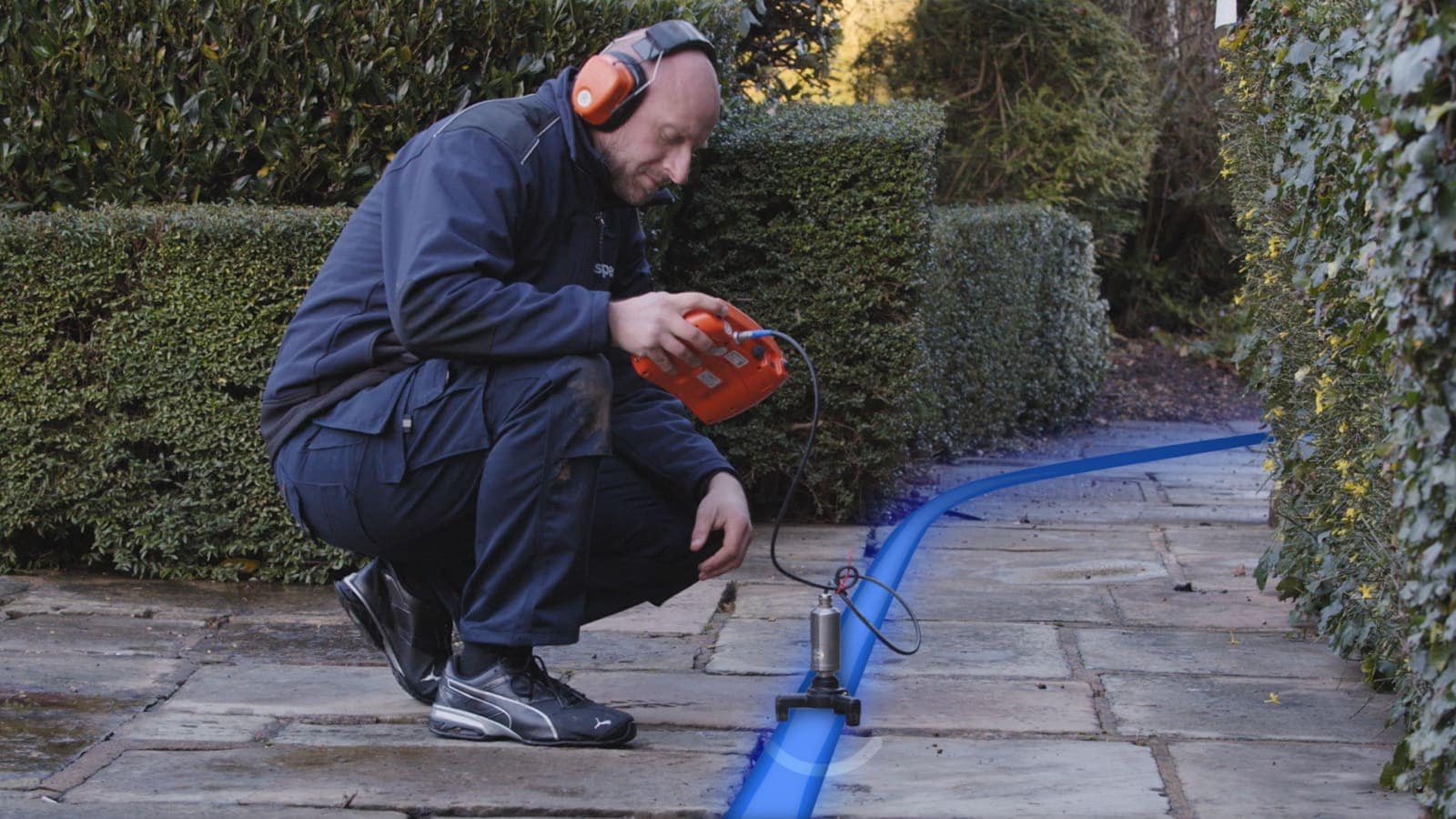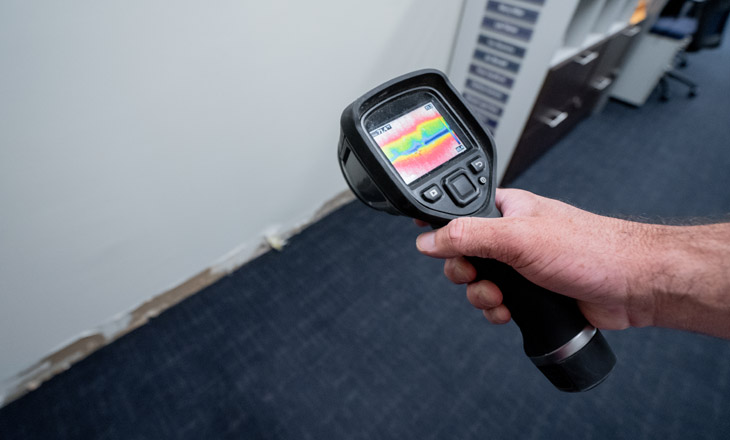Ingenious Solutions for Early Detection of Water Leaks in Structures and Infrastructure
From innovative leakage discovery modern technologies to the deployment of IoT sensors for real-time monitoring, the landscape of leak prevention is developing quickly. Automated water flow analysis systems are reshaping exactly how leaks are determined and attended to, leading the method for a positive technique to water leak detection.
Advanced Leak Detection Technologies
Advanced leak detection technologies, equipped with cutting-edge sensing units and formulas, play a crucial duty in promptly recognizing and determining water leakages in different settings. These technologies use a mix of acoustic, thermal, and electro-magnetic noticing methods to spot leaks accurately. Acoustic sensing units find the noise of running away water, permitting specific localization of the leakage source. Thermal imaging spots temperature level adjustments brought on by water leakage, providing an additional efficient method for leakage recognition. Electromagnetic sensing units can determine changes in magnetic fields brought on by water, supplying yet one more layer of leak discovery capability.

IoT Sensors for Real-Time Monitoring
In the world of modern-day water leakage detection, the assimilation of IoT sensors for real-time monitoring stands for an essential development in boosting proactive leakage discovery abilities. These sensing units supply constant surveillance of water systems, giving real-time data on water flow rates, pressure variations, and temperature level changes. By leveraging IoT modern technology, these sensors can discover also the smallest anomalies in water use patterns, making it possible for early recognition of potential leaks before they escalate right into major concerns.
IoT sensing units send information to a centralized platform, where innovative formulas assess the info and create informs or alerts when irregularities are found. This real-time tracking capability enables building proprietors or center managers to quickly resolve leaks, lessening water damage, minimizing repair work prices, and conserving water sources.
In addition, IoT sensors can be integrated with structure management systems, permitting computerized actions to identified leaks, such as shutting down water valves or turning on pumps to reduce the impact of leakages. On the whole, the application of IoT sensing units for real-time tracking substantially improves the efficiency and performance browse around these guys of water leak detection in buildings and facilities.
Artificial Intelligence Algorithms for Leak Forecast

One key benefit of utilizing device learning for leakage prediction is its ability to continually discover and improve its precision gradually. As more information is collected and fed right into the algorithm, it can refine its forecasts and adapt to changing problems, ultimately boosting the dependability of leakage detection systems.
Furthermore, equipment discovering algorithms can assist in identifying refined signs of leakages that may go undetected by typical monitoring approaches. water leak detection. By evaluating complicated information sets in real-time, these formulas can provide early cautions and notifies, permitting for punctual intervention and preventative maintenance to alleviate potential water damages and linked costs
Using Thermal Imaging for Leakage Detection
Thermal imaging innovation uses an appealing strategy for detecting water leaks in various systems and infrastructures. By utilizing infrared radiation and temperature variations, thermal imaging video cameras can determine hidden leaks that are not quickly noticeable to the naked eye.
One of the vital advantages of thermal imaging for leakage detection is its non-intrusive nature. Unlike standard techniques that may require damaging right into wall surfaces or floors to locate leaks, thermal imaging enables for non-destructive screening. This not just saves time and decreases prices however additionally minimizes disturbance to the structure or framework being assessed. Additionally, thermal imaging can quickly scan huge areas, supplying an extensive introduction of possible leak resources in a prompt way. Overall, making use of thermal imaging innovation boosts the performance and precision of water leakage discovery, making it a valuable device for maintaining the integrity of buildings and facilities.
Automated Water Circulation Evaluation Systems
How can automated water flow evaluation systems revolutionize the detection and monitoring of leakages in various systems and frameworks? Automated water flow analysis systems offer check this a positive method to leakage detection by continually monitoring water circulation prices and patterns. By developing standard information, these systems can swiftly identify deviations that may suggest a leak, allowing prompt intervention to avoid extensive damages.
These systems use sophisticated algorithms to examine real-time information and supply prompt alerts when anomalies are identified, permitting speedy activity to be taken. In addition, automated water flow analysis systems can be incorporated with structure administration systems or IoT platforms, enhancing total efficiency and making it possible for remote surveillance abilities.
Moreover, the information collected by this these systems can be made use of for predictive upkeep purposes, aiding to identify possible powerlessness in the framework before leaks occur. In general, the execution of computerized water flow evaluation systems can substantially improve leak discovery and management practices, inevitably bring about cost financial savings, minimized water wastage, and increased sustainability in structures and framework.

Conclusion
In conclusion, the assimilation of innovative leakage detection modern technologies, IoT sensing units, artificial intelligence formulas, thermal imaging, and automatic water flow analysis systems provides ingenious options for very early detection of water leaks in structures and infrastructure. These modern technologies make it possible for real-time monitoring, prediction of leaks, and effective discovery methods to stop water damage and waste. Carrying out these services can help in keeping the stability and sustainability of water supply in various settings.